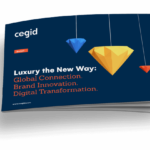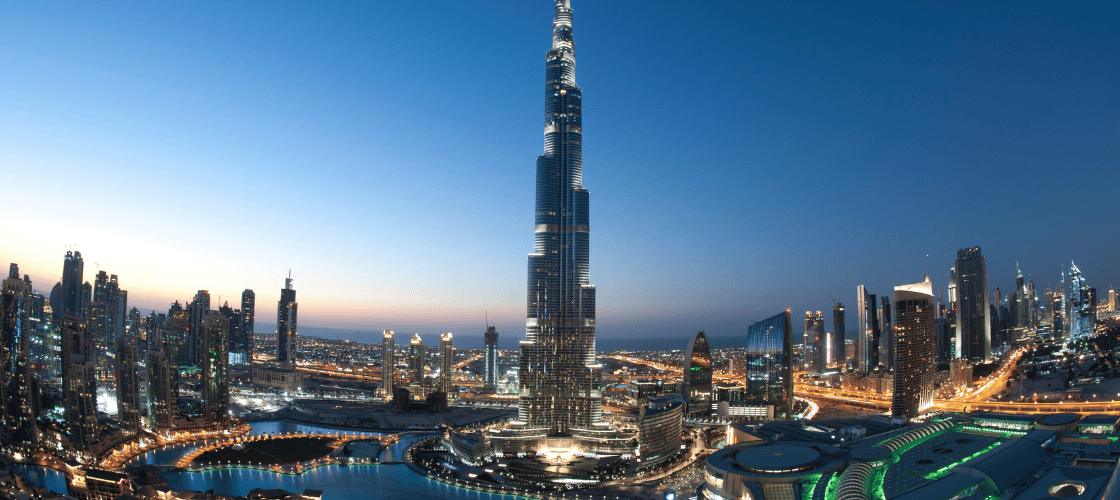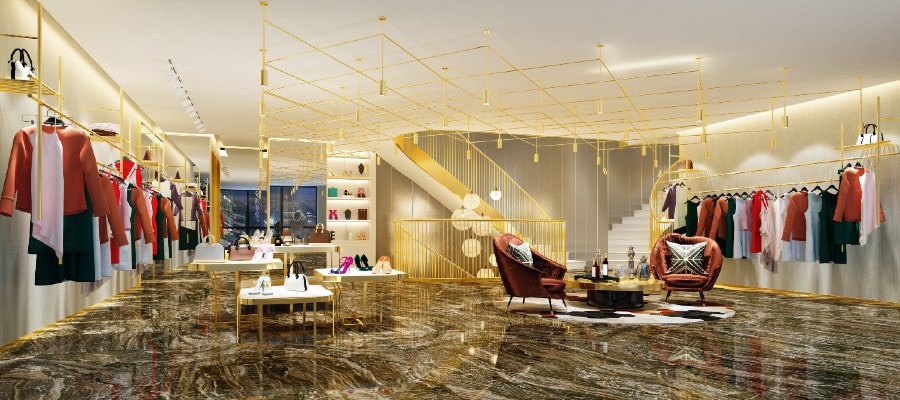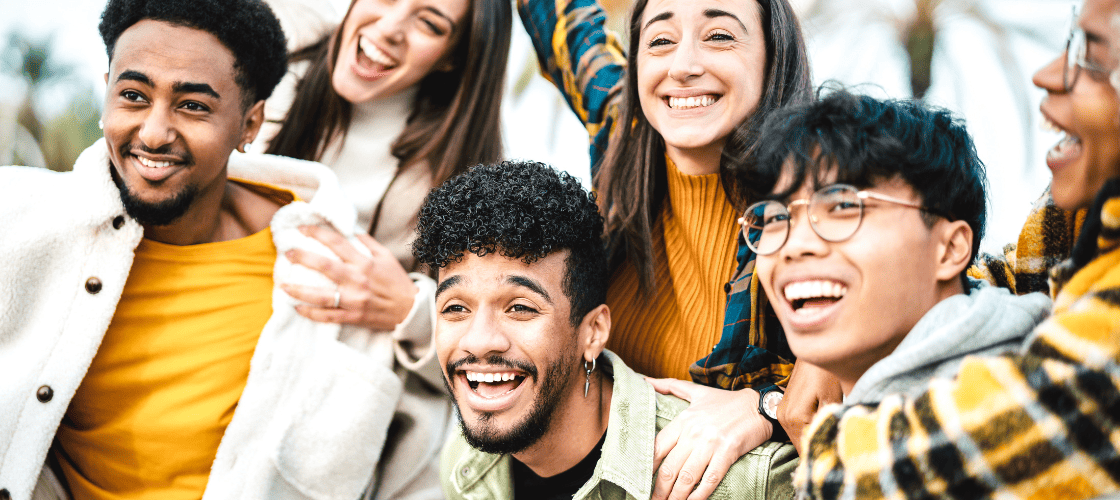Retail & Distribution
Luxury new normal : Why Store Is Still Key
11 February 2021
No longer the realm of the casual browser – at least not until global social-distancing measures are eased post-vaccine rollouts – luxury stores will cater for consumers who have already done their homework, either online or via a concierge service. They will know what they want to see, touch and try, or which advice they require. As a result, the in-store experience will become more defined, more highly personalised, more of an “event” and a key environment for fostering loyalty.
Communication is critical
Setting out this new way of engaging with high-value consumers in a way that reassures and clearly presents new information and flexible shopping options is critical.
British department store Fenwick, whose online offering pre-pandemic was very limited, switched its focus to inspiration and editorial in its customer newsletters during the early stages of lockdown while turning its attention to building out its online shop. The brand’s flagship location on London’s exclusive Bond Street faced many weeks of temporary closures and responded with clear communications and enhanced services. When retail stores re-opened, a suite of COVID-19 FAQs was immediately published, reassuring shoppers of a safe visit. Less than 24 hours after another pre-Christmas London lockdown was announced, email subscribers received a detailed newsletter highlighting the store’s remote-shopping concierge-led call-and-collect service.
Specialised services
Always a key element of the luxury shopping experience, specialised services tailored to individual clients have helped to secure long-term relationships, elevating the experience.
Luxury brands must be ready to constantly review their tailored services to ensure they continue to meet shifting customer preferences, and many of these will originate in store, such as the support of a dedicated sales assistant or loan management as part of the in-store selling ceremony. Having real-time inventory information available enables sales assistants to meet customer demands (e.g. reserving in-stock items from another location and shipping directly to the customer).
Other services start in the digital realm, such as booking private viewings or personal shopping experiences that can take place online or in-store. In the case of five-star hospitality, this can translate as specifying dining preferences or scheduling entertainment or private transportation.
Welcoming shoppers new to your store – those who may have had low brand awareness pre-pandemic but who have responded to social media campaigns and e-commerce opportunities over the past year – should feel that the in-store experience matches their first, screen-based impressions.
« Physical stores are still very important. The pandemic has accelerated the shift to e-commerce, allowing us to reach a new demographic who might never have come to a store, but would now consider it. »
Stephen Hicks,
Interim CFO, Georg Jensen
Another key element to improve the customer experience in store is after-sales care, including gift-wrapping, delivery, product customisation and tailoring, and repairs or replacement for damaged or lost items.
Dark stores and pop-ups
How do luxury retailers elevate Click-&-Collect services and temporary locations while integrating them into the selling ceremony ?
So-called “dark stores” – retail locations that now fulfil online orders – can provide a flexible temporary distribution hub with the right technology in place to effectively manage orders, inventory and data-driven specialised customer services.
With the effects of the pandemic driving visitors away from busy city-centre locations, some brands have chosen to create pop-ups in local neighbourhoods. In summer 2020, high-end pop-ups including appeared in holiday hubs from the Med (Dior, Loewe) to the Hamptons (Todd Snyder), effectively following wealthy shoppers to their summer-break destinations.
Other pop-ups lured shoppers to special themed locations with extravagant displays (Burberry’s AR-enhanced animal-kingdom stores in China) and high-profile collabs (Fendi x Mr Doodle in Beijing).
Store as lifestyle destination
Against a backdrop of closures and bankruptcies in the US retail market, Belgian avant-garde fashion label Dries Van Noten chose this year to announce the opening of a new bricks-and-mortar location on Los Angeles’s La Cienaga Boulevard – the former home of Opening Ceremony, which permanently closed early in 2020.
Van Noten told Vogue Business that the site will include archive rooms and will operate differently to meeting changing consumer needs. A programme of “art exhibitions, music, film screenings and workshops” are all planned for the space and reflect a more holistic offering that puts the brand at the heart of a wider lifestyle experience.
Though not a new concept, this multi-faceted retail offering promises something that can’t be replicated online and may present a fresh and desirable experience for consumers hungry for offline luxury.
Additional Sources

Read our latest ebook: Luxury the New Way: Global Connection. Brand Innovation. Digital Transformation.
DOWNLOAD THE EBOOK


